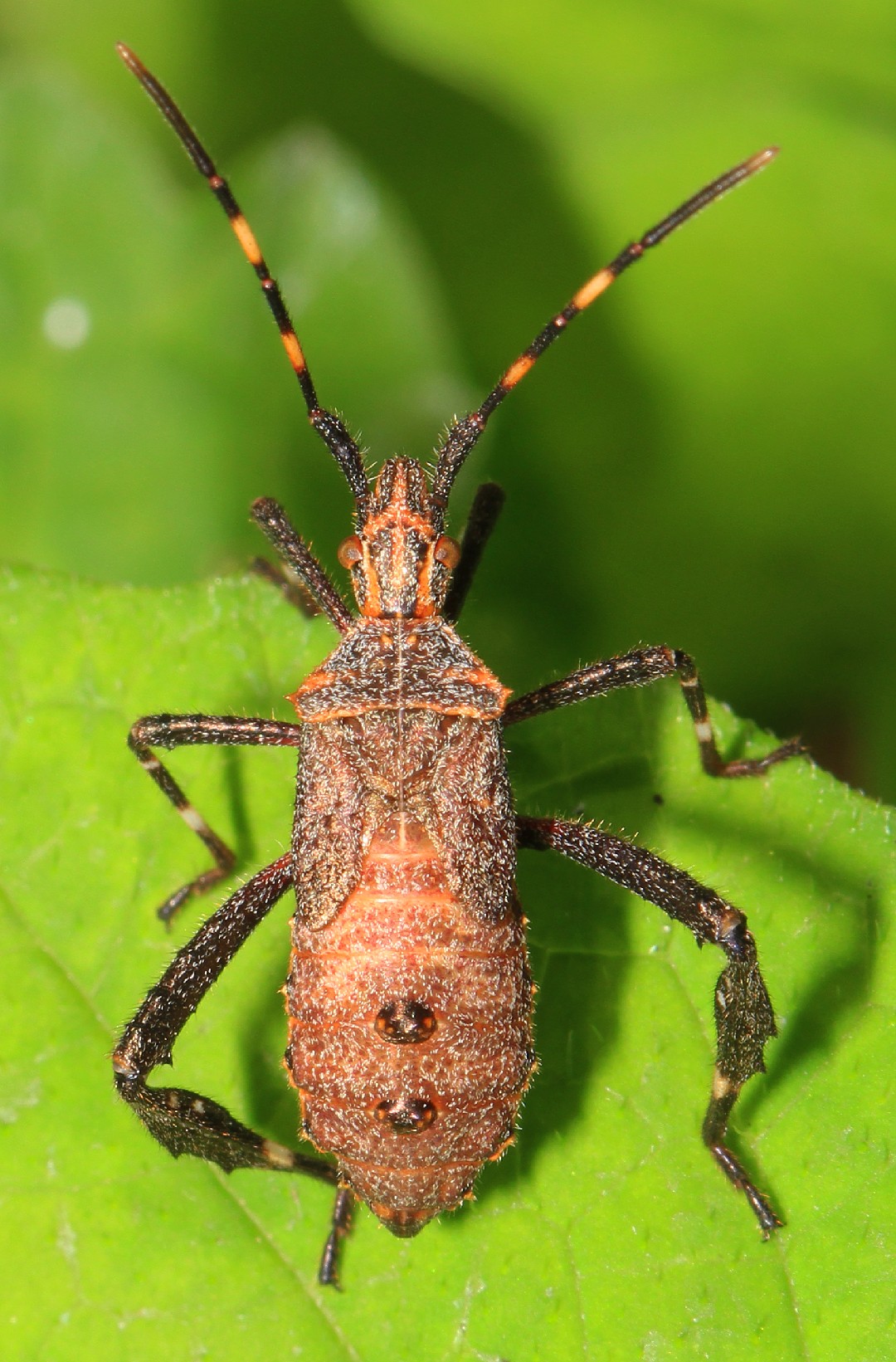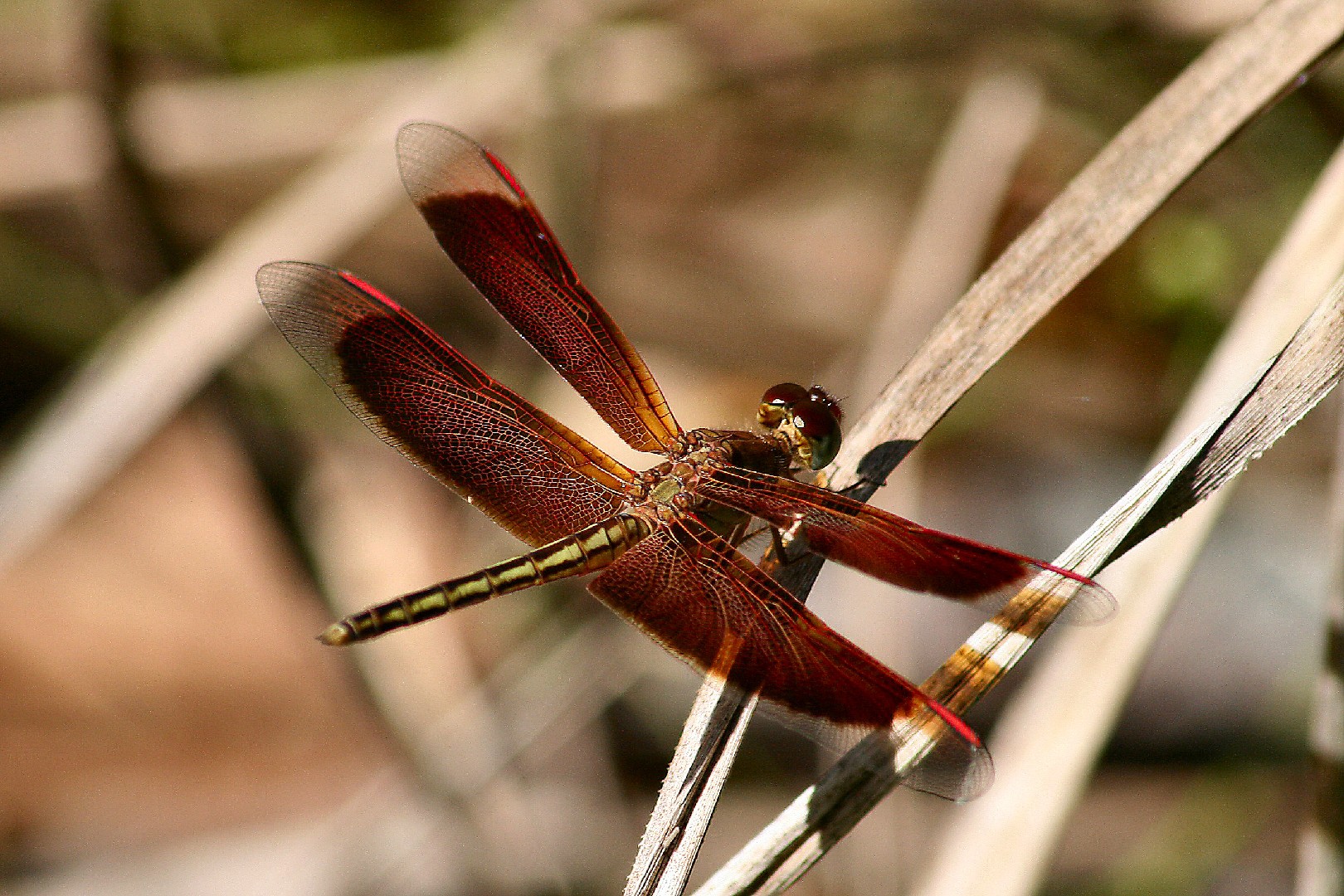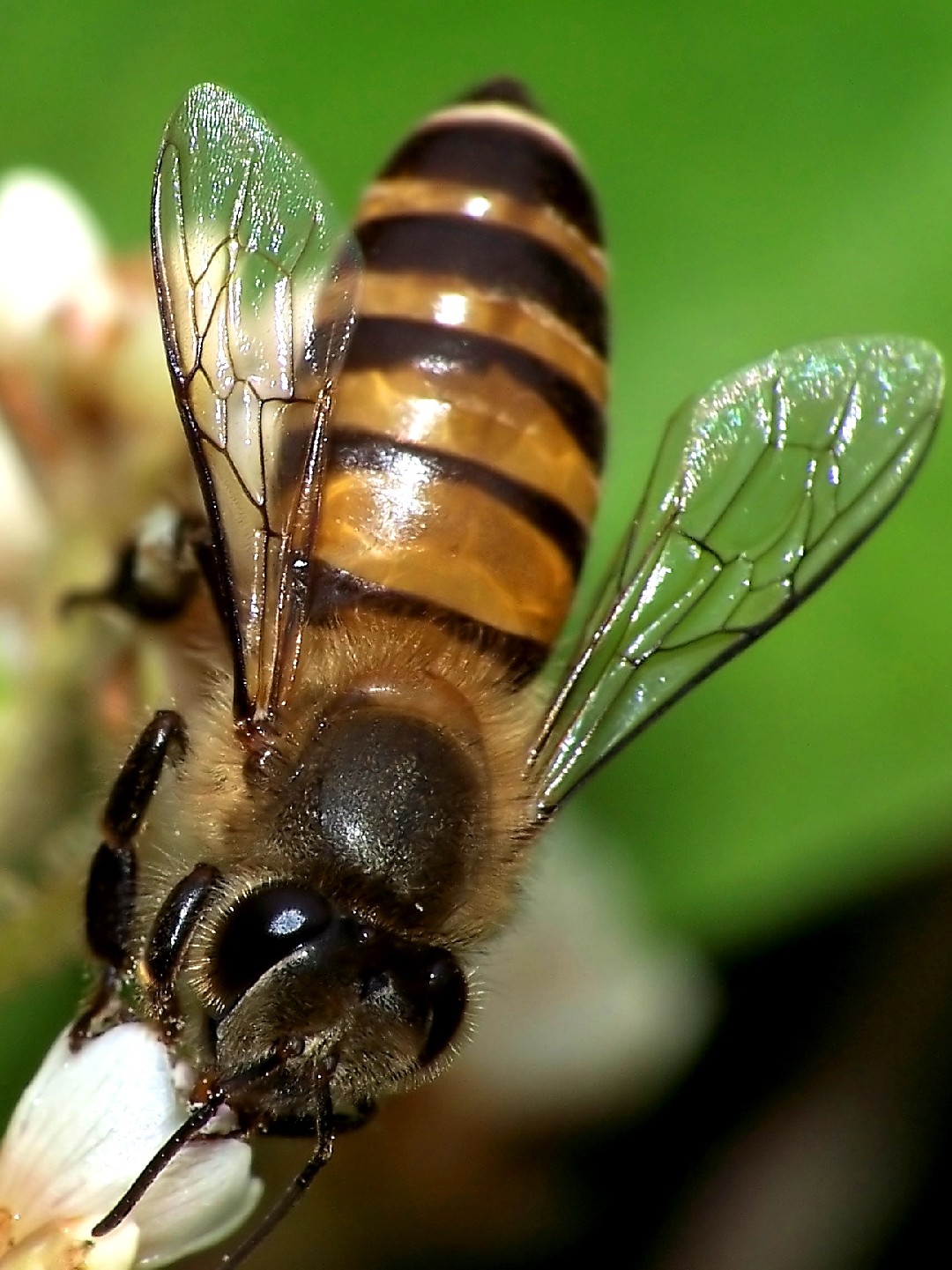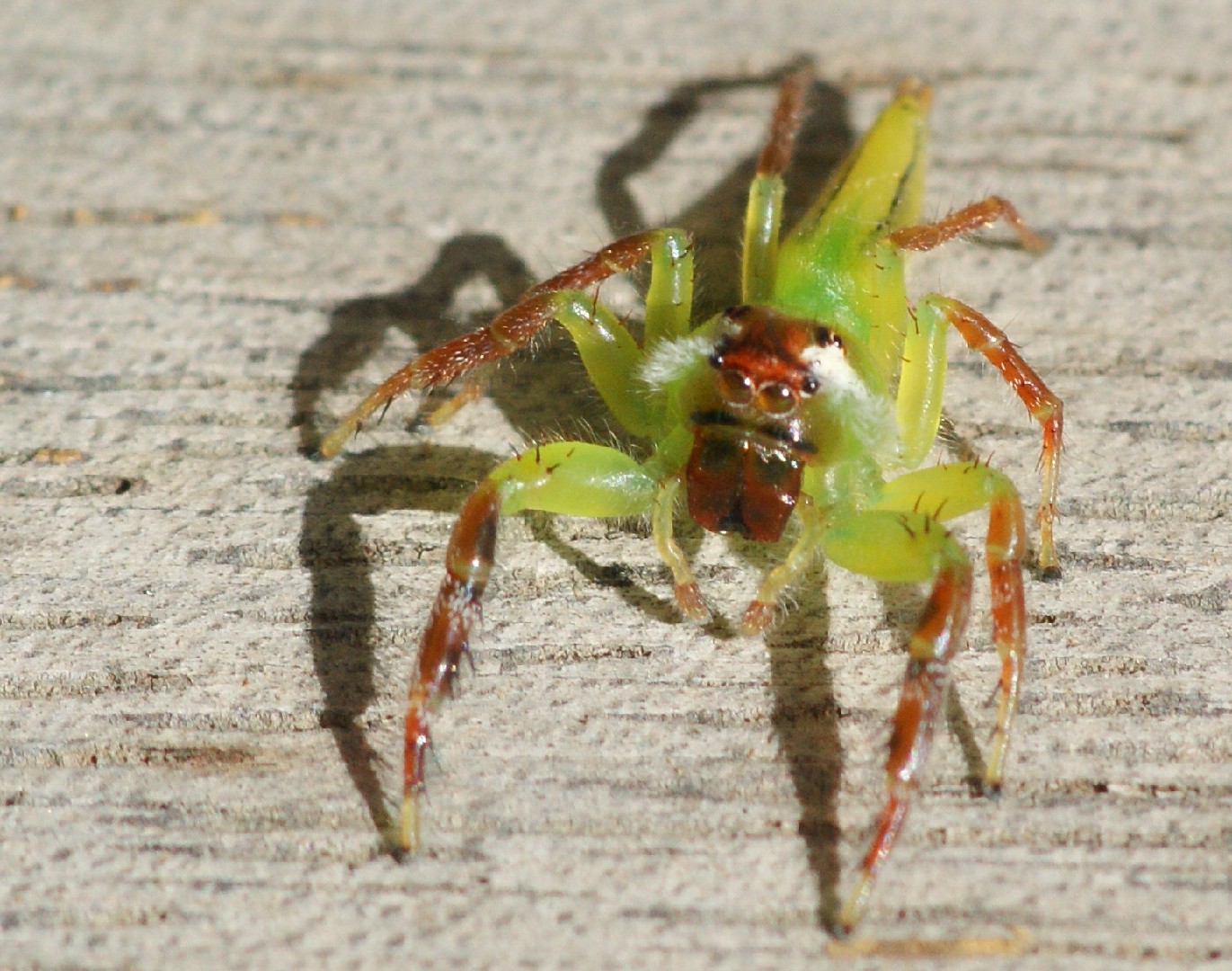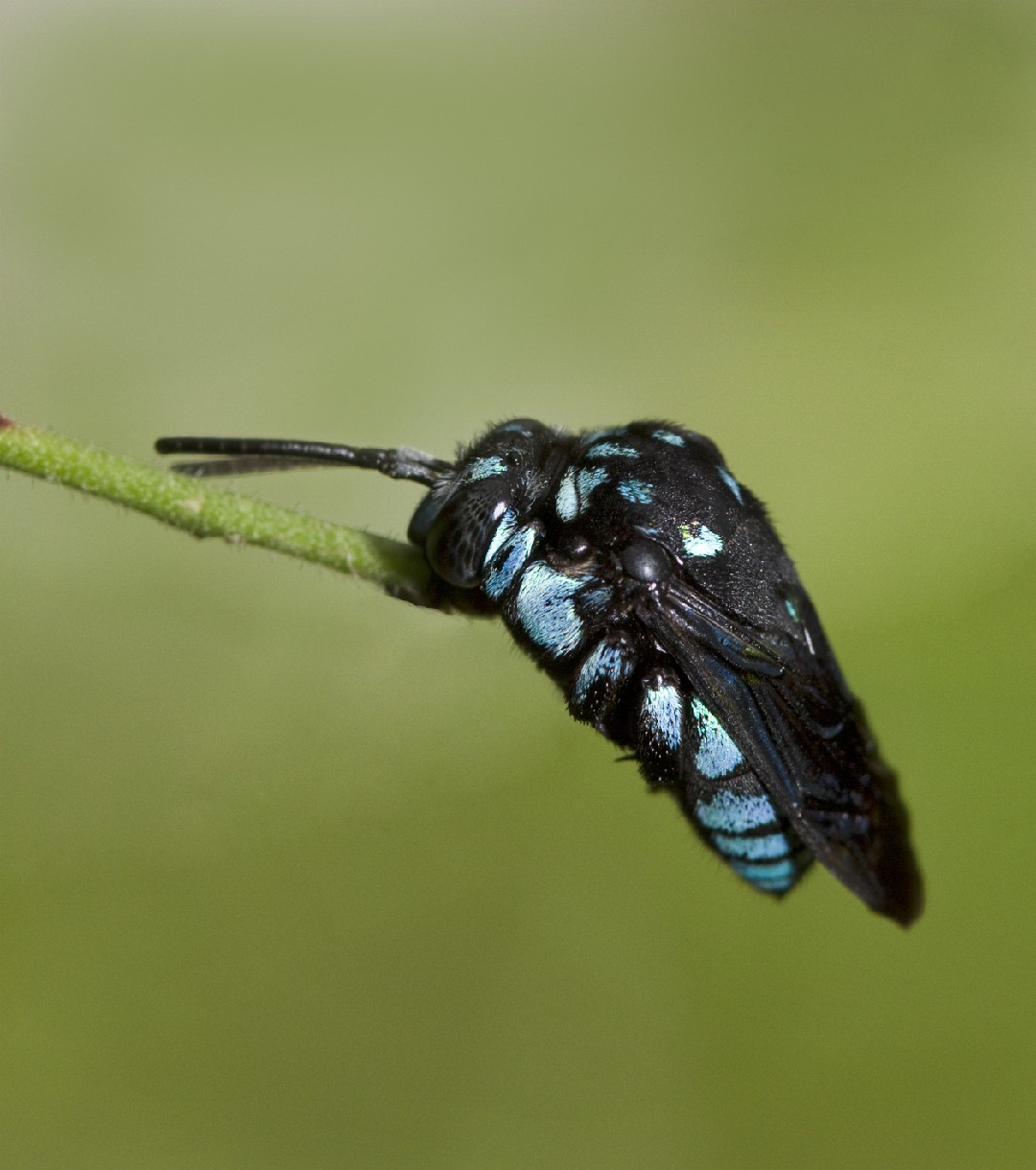Top 16 Most Common Insects in Port Moresby
Insects, with distinctive features like exoskeletons, segmented bodies, and jointed appendages, thrive across diverse habitats in Port Moresby. The variation in geographical locations in Port Moresby greatly influences insect diversity, underscoring the importance of location in understanding our six-legged neighbors. Beyond annoyance, insects play pivotal roles in maintaining a healthy ecosystem, whether as natural decomposers or efficient pollinators. Our 'Top 16 most common insects in Port Moresby' will delve into the fascinating duality of insects – as potential pests and vital biodiversity components.
Most Common Insects
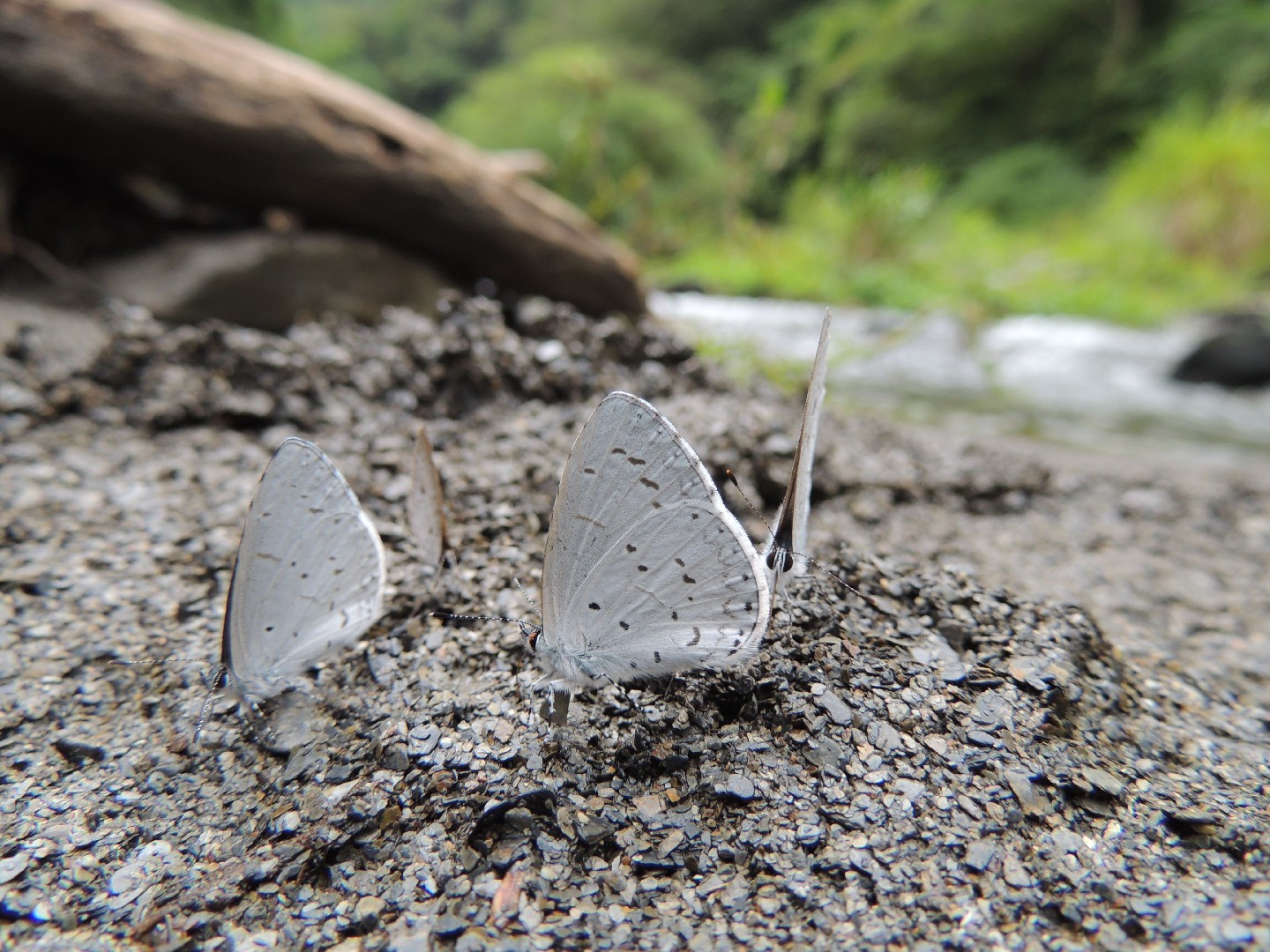
1. Udara dilecta
Udara dilecta, the pale hedge blue or Himalayan pale hedge blue, is a small butterfly found in India, Nepal, China, and Malaya that belongs to the lycaenids or blues family. The species was first described by Frederic Moore in 1879. 

2. Meadow argus
Meadow argus has two brownish wings, each covered with two distinctive black and blue eyespots as well as white and orange marks that appear on the edge of the wings. The underside of the wings are mainly unmarked, except the lower part of the forewing has similar markings as the upperside.The wingspan measures 4 cm in males and 4.5 cm in females. 
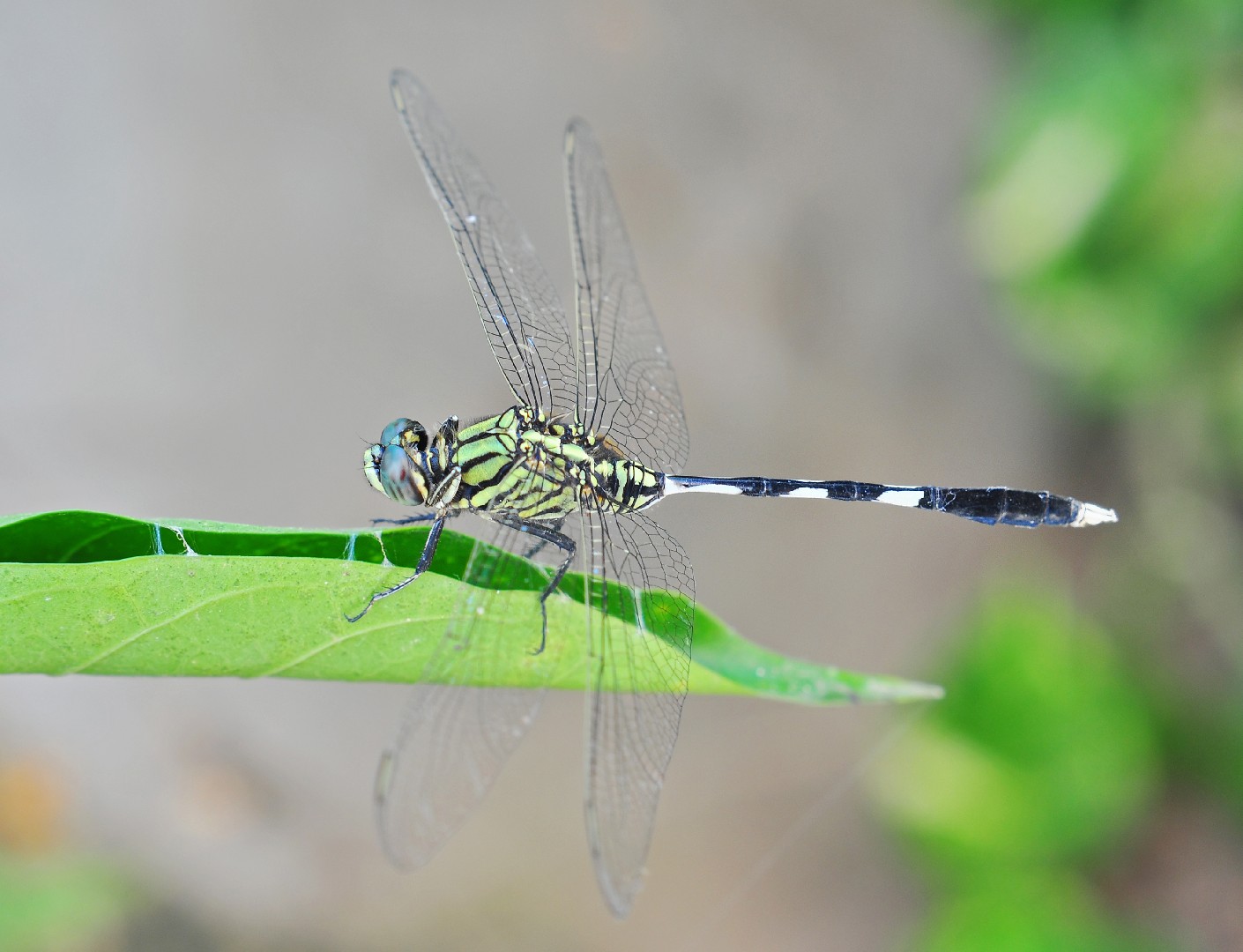
3. Slender skimmer
The species is on the IUCN Red List as not endangered, year of assessment 2009. The slender bank dragonfly occurs from Southeastern Europe and North Africa to Japan and Australia
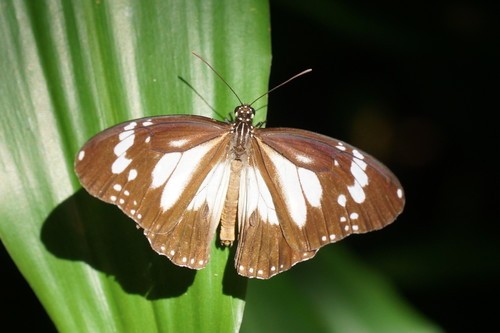
4. Malay tiger butterfly
Danaus affinis was first described by Fabricius, and the name was, as Papilio affinis, validly published by him in 1775. Fabricius did not place the species in the group of Danai festivi of the genus Papilio, in which Linnaeus placed the then-known Danaus species in 1758, but among the Nymphales phalerati, and referred to Mus. Banks. to indicate that the type specimen was in the collection of Joseph Banks.
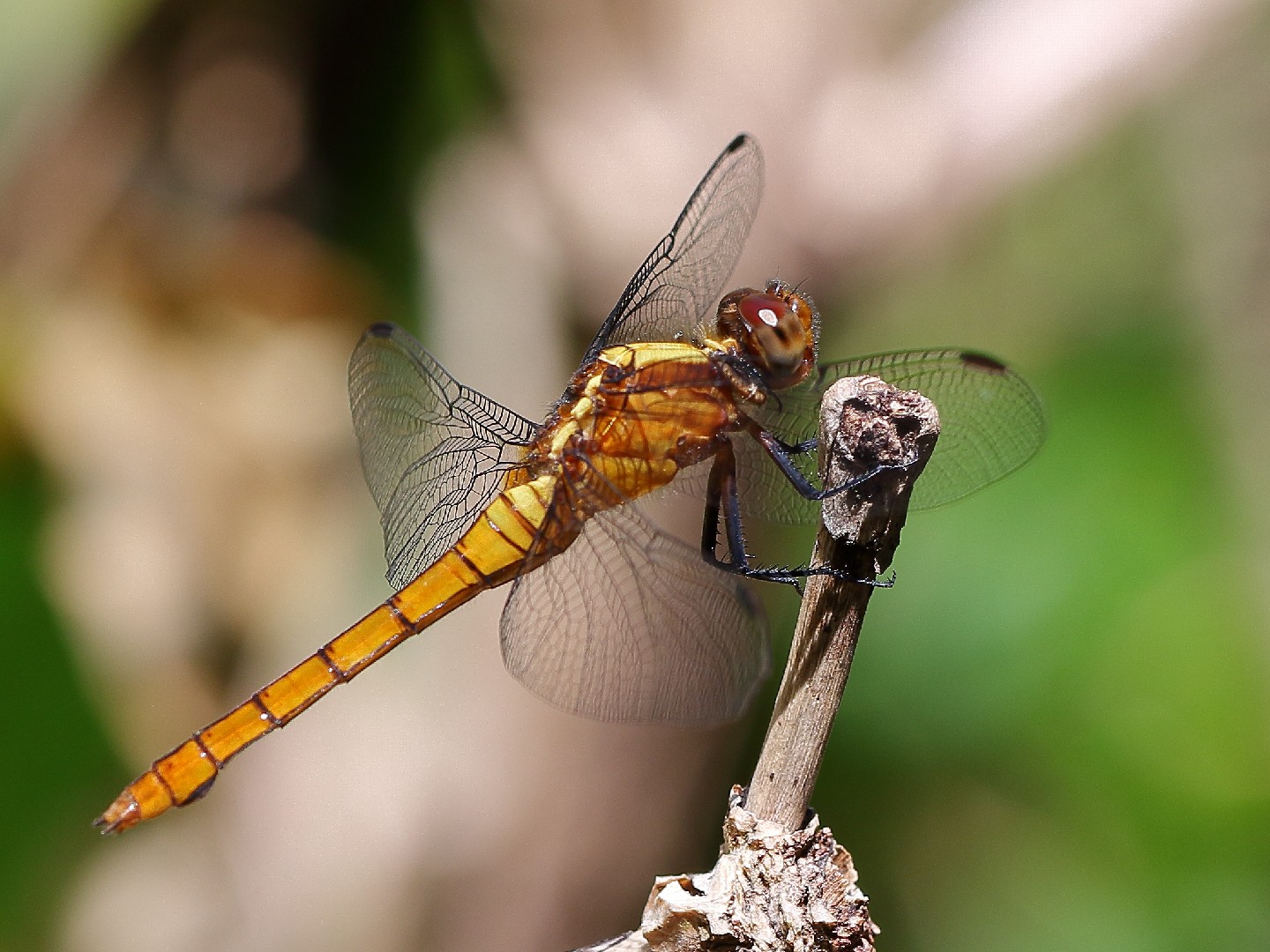
5. Fiery skimmer
Orthetrum villosovittatum is a medium-sized dragonfly with a wingspan of 6 - 9 cm. Mature males have dark greyish to greenish-brown thoraxes and red abdomens, with the abdomen constricted at segment four. Young males have an amber and black colouring. Females are ochre-coloured. 
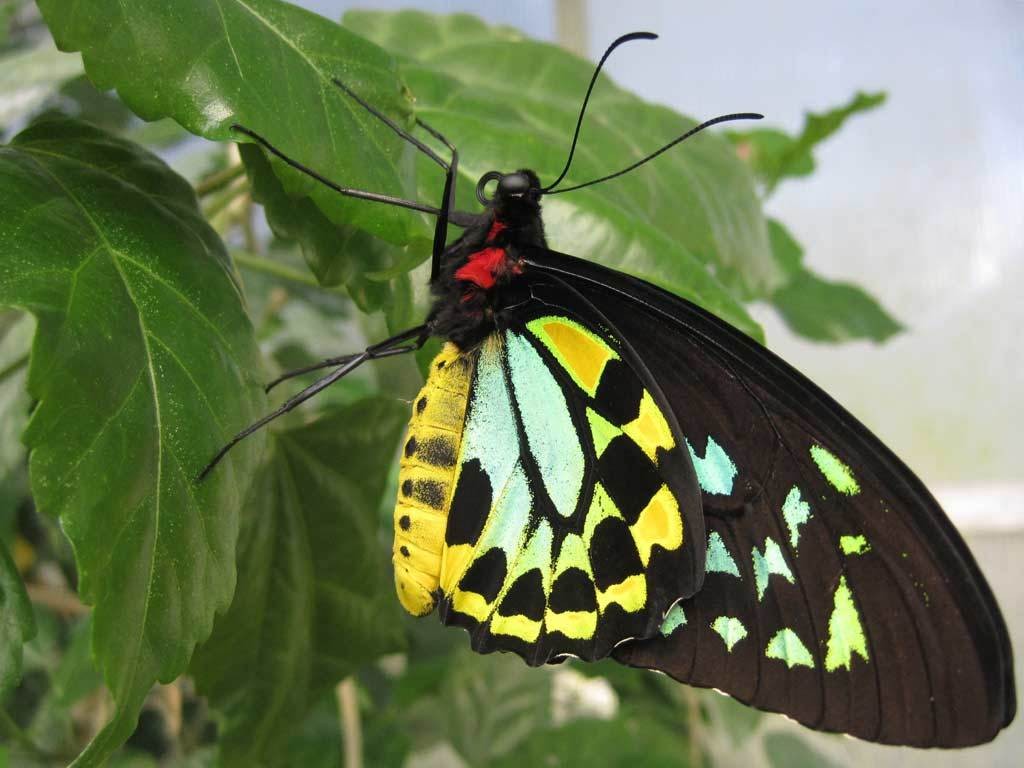
6. Common birdwing
Male: The upperside forewings are velvety black. There is a green (most races) subcostal stripe and a green (most subspecies) marginal stripe bordering the termen, tormen and dorsum of the wing. The sex brand is black and longish. The underside of the forewing is black. There is a chain of bluish or green postdiscal spots. The hindwings are green. At the wing's leading edge (costa) there are basal yellow-gold spots. There is also a postdiscal chain of black spots. The edge of the hindwing is black. The underside is dark green or bluish. The yellow-golden spots are transparent. The veins are partly black and the marginal edge of the wing is black. At the outer edge there is a postdiscal chain of black spots. The body (abdomen) is yellow. Head and thorax are black. The underside of thorax has a red hair coat. Female: The female is larger than the male and in the upper range of the wingspan. The basic colour of the female is dark brown. There is a chain of white postdiscal spots on the forewings. There is a chain of larger white postdiscal spots with dark centres on the hindwing. The underside is very similar to the upper. Larva: First instar larvae are wine red on hatching. They soon turn black or dark brown. All segments have soft tubercles with stiff ends bearing black spines. On the 4th segment tubercles are red. The tubercles are dark brown on the other segments. In the second instar, the tubercles lack spines, the 4th tubercles are light red and on the other segments they are the same colour as the body. In the third instar, there is a white to pink saddlemark on the 4th segment. In the fourth and fifth instars, the ground colour is ashy grey to brown, the saddlemark on the 4th segment is white and the tubercles on the 4th segment are white. There may be saddlemarks on the 5th segment and the 6th segment. The tips of the tubercle are black and the osmeterium is dark red. 
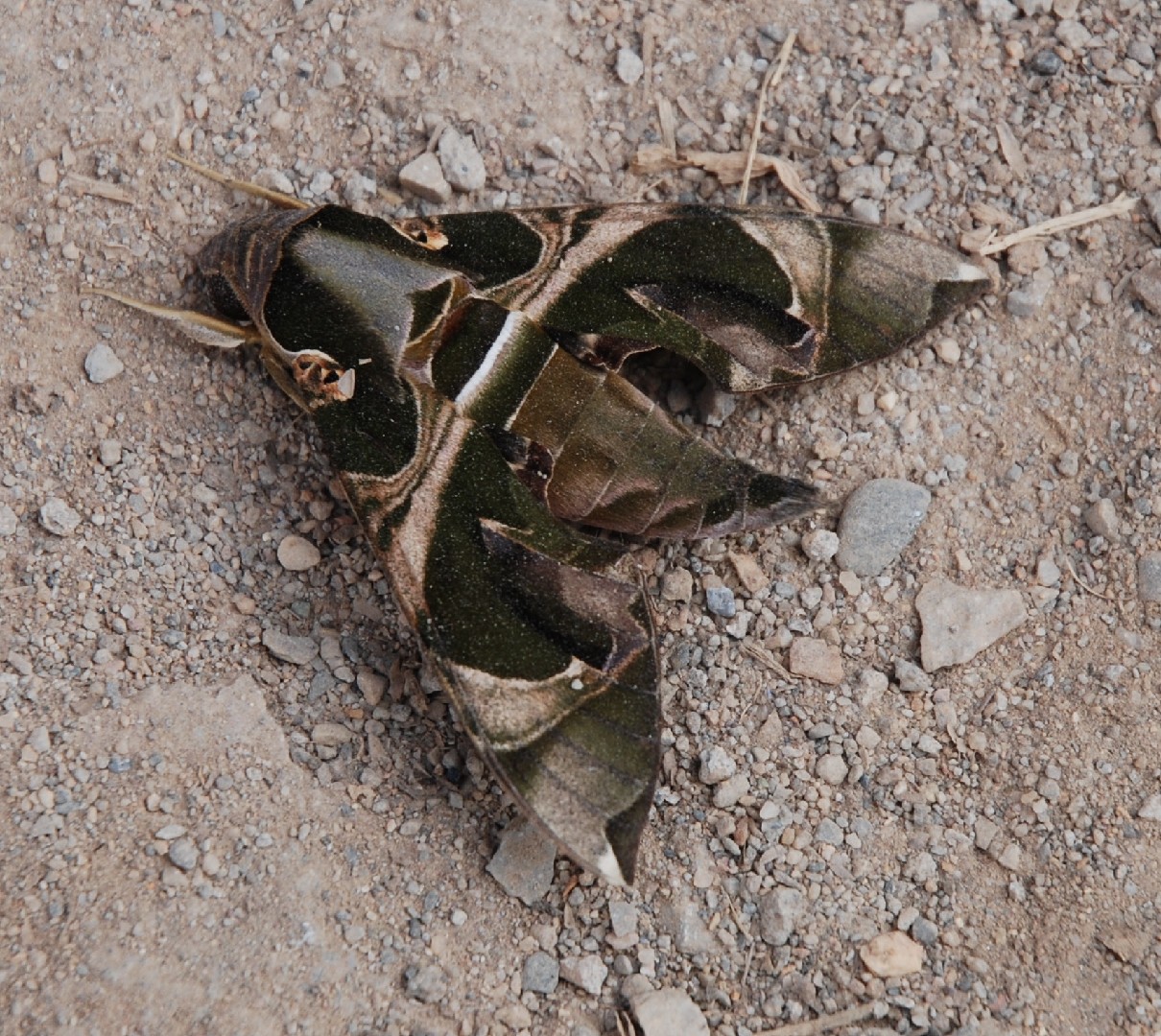
7. Jade hawkmoth
The wingspan is 9 - 12 cm. It differs from Daphnis nerii in having the head and collar uniformly dark purplish brown. Thorax and first two abdominal segments are dark green with a white fringe to the first segment. Other abdominal segments are dark olive green with the streaks and spots as in D. nerii. Wings are similar to D. nerii but very much darker on both dorsal and ventral side. A white spot is present at the apex of forewing and at the end of cell of forewing ventral side. Larva is green with yellow dots at its sides. There is a dark dorsal line, a subdorsal purple-red band, edged with yellow on thoracic somites and a blue ocellus on the third somite. Horn is purplish brown with white tubercles. It has a pair of white or red and yellow dorso-lateral stripes. Some instars have various coloured markings along the sides, including a blue eyespot on each side of the metathorax. The final instar is reddish brown. Before changing to pupa, the larva becomes blotched with dark red. 
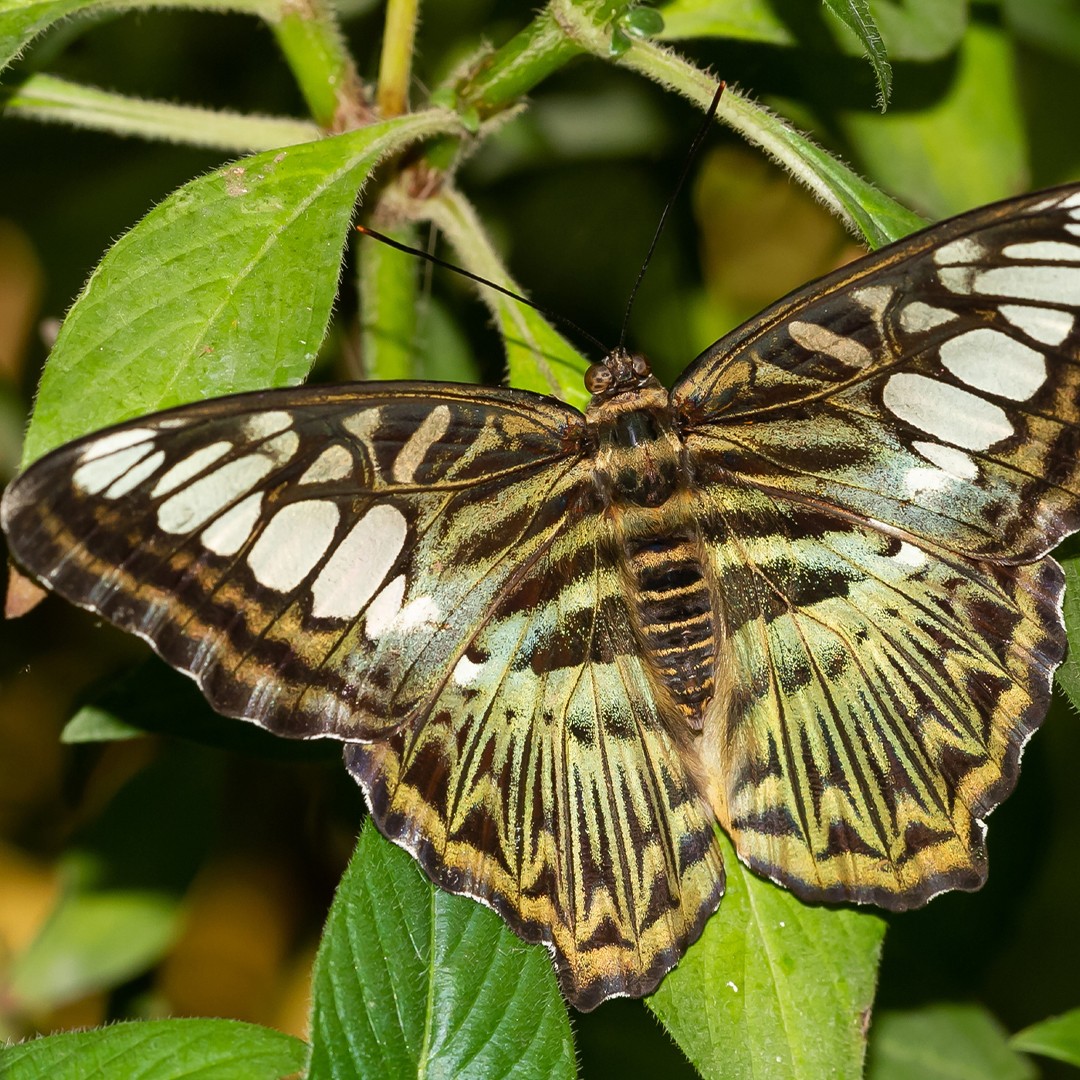
8. Kallima sylvia
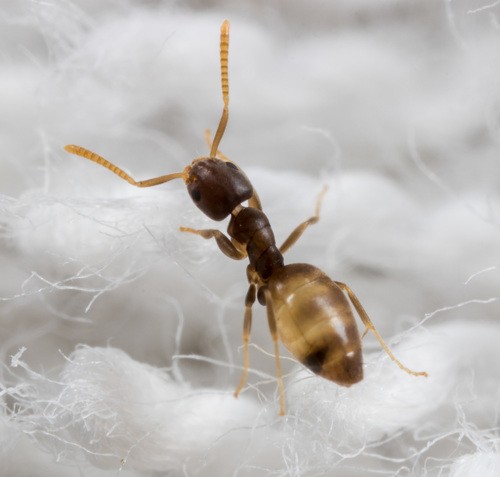
9. Ghost ant
The ghost ant got its common name from its distinctive translucent legs and abdomen. They can be found in tropical areas as well as in greenhouses. They are common household pests in these areas, as they are attracted to sugary food sources and can get into very small spaces, including food containers.
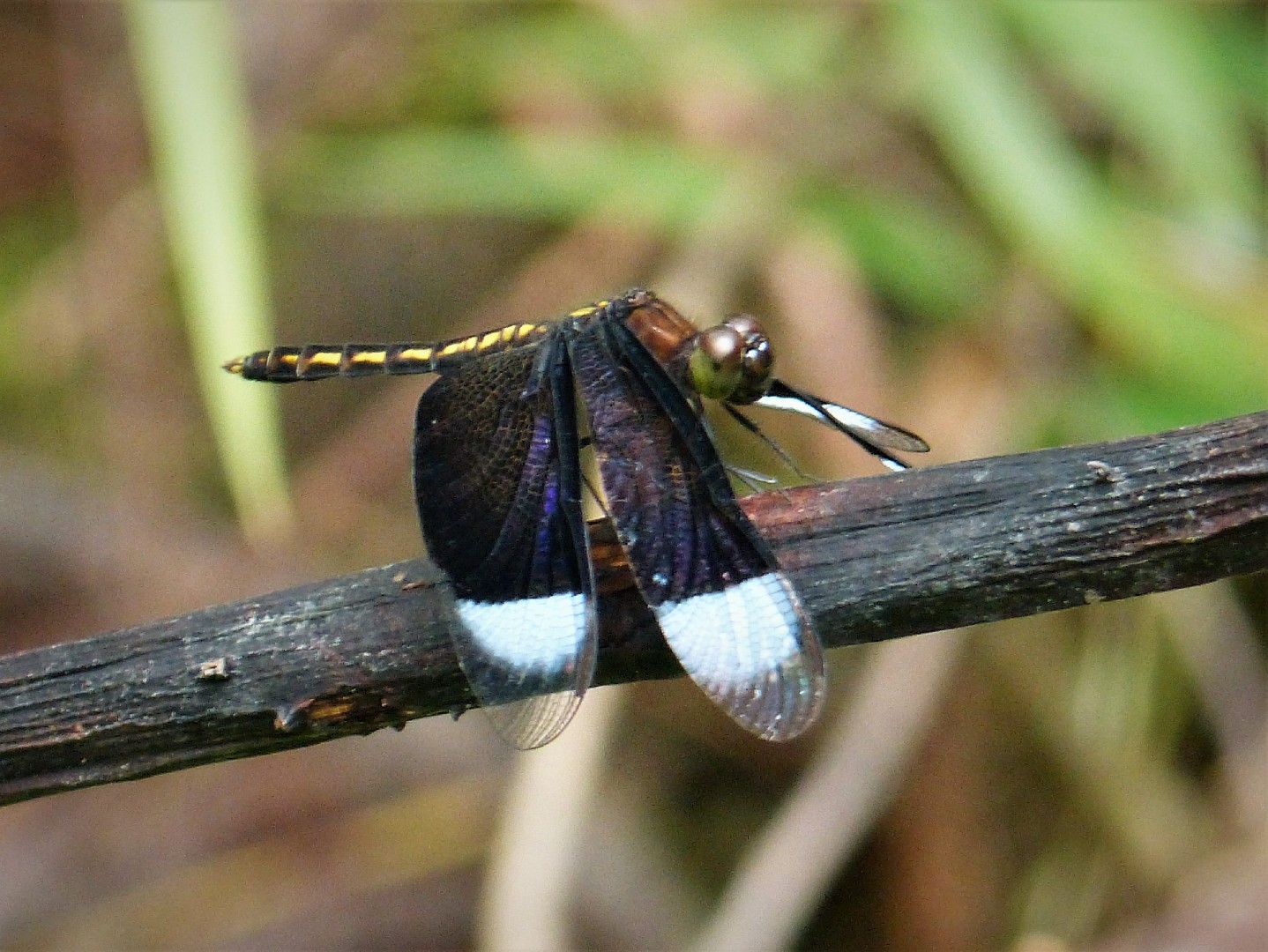
10. Neurothemis decora
Neurothemis decora is a species of dragonfly in the family Libellulidae. 
More
